Say
list1=[4,8,12]
a,b,c=list1
output is a=4,b=8,c=12.
My confusion
Instructor told us that it is not like a gets mapped to 4, b to 8, and c to 12. I didn't understand what he told clearly (although I listened repeatedly to him multiple times). He was telling something like object is created for 4 and a is mapped to 4. But what is the difference between this and what I have presented below in figure?
